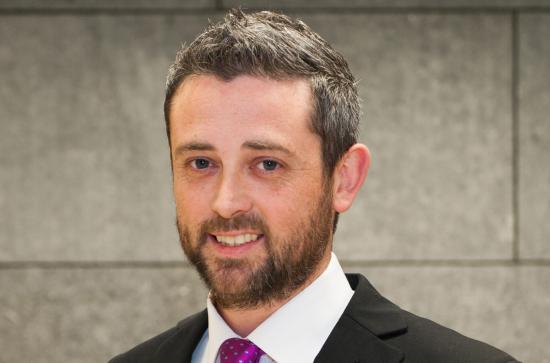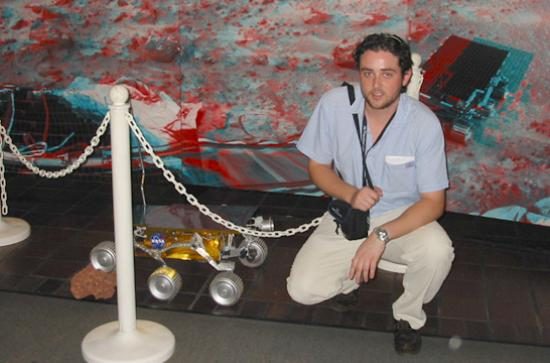Brian Shortt

I entered Maynooth in September 1992 having accepted a place on the Science degree course. I had studied Physics and Chemistry at leaving certificate level and had the general idea that a career in Science was the thing for me. Following the receipt of the CAO offers I selected Maynooth, primarily based on the recommendations of a family friend who had himself studied Science there and gave a strong recommendation.
When I started in “First Science” my subjects were Experimental Physics, Mathematical Physics, Chemistry and Maths. I enjoyed both Physics and Chemistry and remember being torn as to which direction I would go in for the latter part of the double honours degree that I was pursuing. As I think back now I can safely say that it was the staff of the Experimental Physics Department that made me choose that path. I remember the open and relaxed atmosphere within the Department and the helpfulness and friendliness of the staff and postgraduate students. I particularly remember the laboratory sessions in the atmospheric basement of Stoyte House and the excitement of seeing my final year project actually working. I graduated with a Double Honours Degree in Experimental Physics and Mathematical Physics in 1996.
The extremely positive experience of being an undergraduate student in Maynooth, from both a personal and academic point of view, was decisive in my deciding to remain at Maynooth University and undertake a Ph.D. in Experimental Physics. I graduated with the Ph.D. in 2001. During the final year of the degree I was also employed in the department as a lecturer and so I had the somewhat surreal yet very satisfying experience of having gone from sitting up the back of Callan Hall furiously scribbling down lecture notes to standing up the front and giving the lecture.
As I pondered my next move I remembered that one of my lecturers had spent some time at the Jet Propulsion Laboratory (JPL), a NASA facility based in Pasadena, California. A quick introductory email later and I found myself working in the US. My initial work was in the same general area of my Ph.D. but I was quickly exposed to a whole range of new and exciting projects for ground and space application. Two that particularly stand out for me were working on the detection of explosives and other nasty chemicals and the development of instrumentation to measure the quality of the air breathed by the astronauts on the International Space Station. I am proud to say that the latter is now working away on the space station.
After leaving the US I worked in academia as a researcher and lecturer and also in the commercial space industry on the design of future science missions and their instruments. This has led me to working at the European Space Agency (ESA) on the development of enabling technologies for the next generation of European space science missions (see http://sci.esa.int/future-missions-office/). My job title at ESA is Applied Physicist and my work is a rewarding and interesting mixture of science, technology, management and programmatics.
Returning to Maynooth in 2015 to deliver the inaugural Science & Engineering Alumni Lecture, I shared my ESA experience with alumni, family and current students. I believe that the technical side of my job draws heavily on the solid foundations laid during his undergraduate and postgraduate studies in physics at Maynooth. I particularly remember the open and relaxed atmosphere within the Department of Experimental Physics and the helpfulness and friendliness of the staff and postgraduate students – it all made for me a very enriching and rewarding experience.

Now living in The Netherlands, I have been working at the European Space Agency (ESA) since 2009. As I took my seat at that first Experimental Physics lecture in Callan Hall in 1992 I could not have imagined what lay ahead. My career in science has given me the chance to travel and live in different countries, to work with people from many cultures and backgrounds, to explore the workings of the world we live in and make a small contribution to science and technology. This has been based on the foundations laid at Maynooth.
